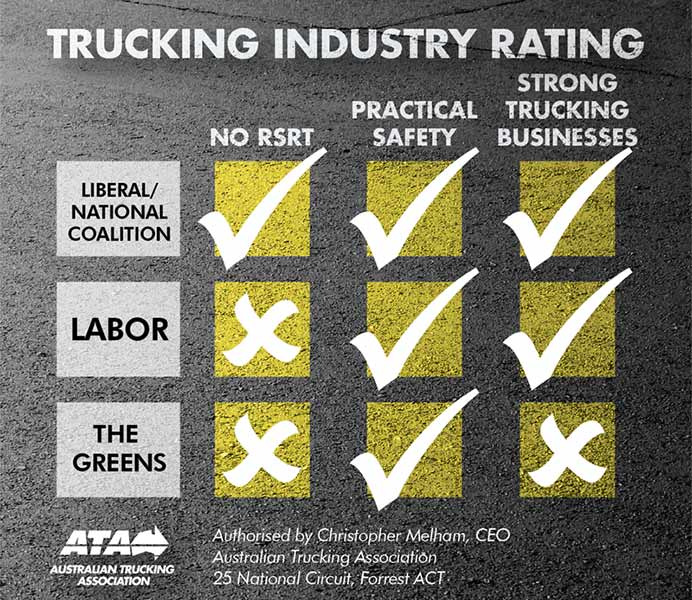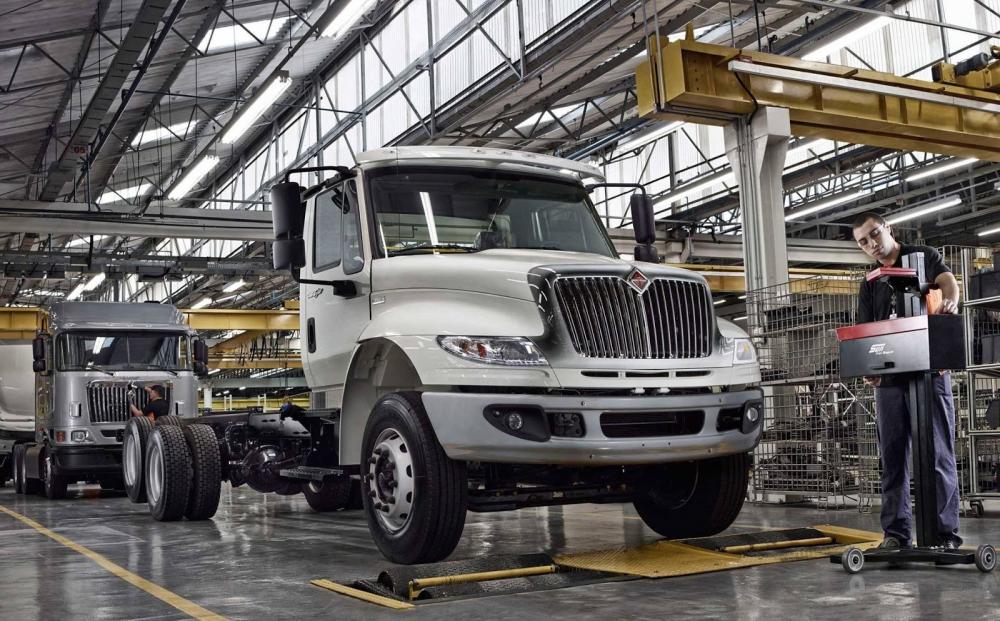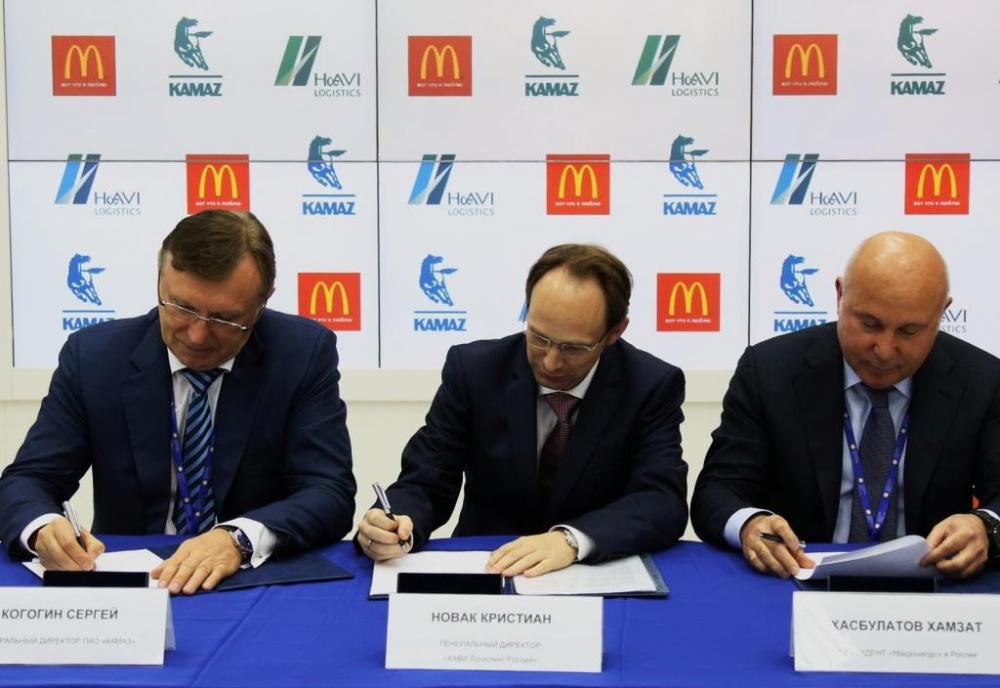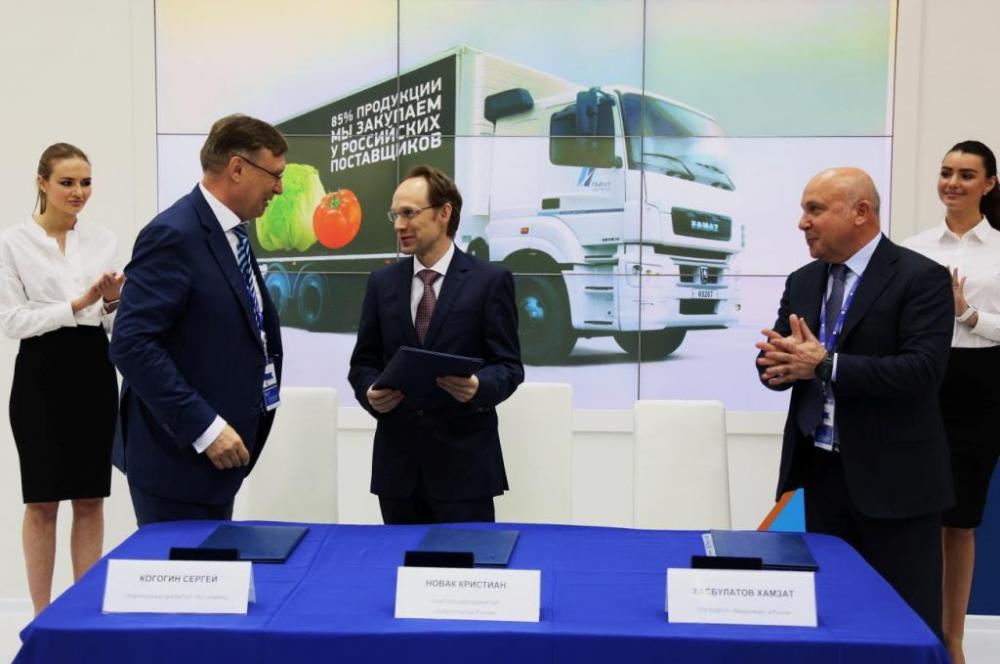
kscarbel2
Moderator-
Posts
17,891 -
Joined
-
Days Won
86
Content Type
Profiles
Forums
Gallery
Events
Blogs
BMT Wiki
Collections
Store
Everything posted by kscarbel2
-
-
A BIG cool Mack
kscarbel2 replied to Hobert62's topic in Antique and Classic Mack Trucks General Discussion
FYI http://www.bigmacktrucks.com/index.php?/topic/26220-1958-mack-v12-cummnins/?hl=lrvsw#entry128743 http://www.bigmacktrucks.com/index.php?/topic/30695-saw-this-big-mack-truck-moving-a-big-load-today/?hl=duffy#entry176135 -
-
The Washington Post / June 20, 2016 The national unemployment rate has fallen by more than half since the nation emerged from the worst economic crisis since the Great Depression. It peaked at 10 percent in 2010 and stood at just 4.7 percent last month. That’s mostly good news: Private employers have added more than 14 million jobs. About 2 million people have been out of a job for six months or longer, far too many but only about a quarter of the number of long-term unemployed people seven years ago. By almost every measure, the labor market has made incredible progress. But there’s one statistic that has been vexing economists. The size of the nation’s workforce -- known as the labor force participation rate -- continues to fall. Since the start of the downturn, the percentage of that population that has a job or is looking for one has dropped more than 3 percentage points, to 62.6 percent, a level not seen since the 1970s. The problem is particularly pronounced among men between the ages of 25 and 54, traditionally considered the prime working years. Their participation rate has been declining for decades, but the drop-off accelerated during the recession. The high mark was 98 percent in 1954, and it now stands at 88 percent. A new analysis from the White House’s Council of Economic Advisers, slated for release Monday, found that the United States now has the third-lowest participation rate for “prime-age men” among the world’s developed countries. In other words, Greece, Slovenia and Turkey have a larger share of men in their workforces than the United States does. The United States beats only Italy and Israel. The CEA’s analysis looks at several common theories behind why so many American men have dropped out of the job market. Legions of women have joined the workforce since the 1950s, when about one-third of them had a job or were looking for one. Women’s participation rate topped 50 percent in the late 1970s and peaked at about 60 percent in the early 2000s. Perhaps fewer men are working because their wives are bringing home the bacon instead. But the share of women in the workforce also has decreased significantly since the recession. And the CEA found that less than a quarter of prime-age men who are not in the labor force have a working spouse -- and that number has actually declined over the past 50 years. Economists have posited that Social Security Disability Insurance could be incentivizing men to enroll in government assistance rather than look for work. The number of disability insurance recipients has risen by 2 percent since the late 1960s, not enough to account for the much greater drop in the male workforce. The CEA estimates that the increase in disability insurance explains only about half a percentage point of the decline in the male participation rate. Instead, the CEA concludes that the problem is one of education and the erosion of demand for low-skilled workers. More than 90 percent of college-educated men are in the workforce, compared with 83 percent of those with a high school diploma or less. It’s a theme seen time and again in our increasingly globalized and high-tech economy: Blue-collar jobs that were once the cornerstone of the middle class get outsourced or replaced by automation. There’s a ripple effect, too. When a manufacturing plant shuts down, for example, the laid-off employees may wind up in lower-skilled jobs, displacing those workers and potentially forcing them out of the labor market. The lower the wage, the more likely workers are to pass up the job altogether. The CEA looked at state-level data and found that among the bottom 10 percent of wage earners, a $1,000 increase in annual income boosted the participation rate by 0.16 percent for prime-age men. “When the returns to work for those at the bottom of the wage distribution are particularly low, more prime-age men choose not to participate in the labor force,” the report states. The report also explores one more unorthodox explanation: the high number of men who have been incarcerated. The CEA notes that the U.S. prison population has grown significantly since 1990 and is far above that of any other developed country. People in prison are not counted as part of the population for the purposes of labor market statistics. At first blush, that would actually boost the participation rate: A smaller population means the share in the workforce is larger. But in reality, there are immense and well-documented barriers to the job market for workers once they leave prison. And the gloomy prospects of the formerly incarcerated outweigh the statistical benefit of having a large prison population. Of course, the CEA argues that White House proposals -- from familiar positions such as raising the minimum wage and expanding the earned-income tax credit to wonkier ones such as reforming community colleges and flexibility in claiming unemployment benefits -- can help more men return to the workforce. But the bigger question is whether there is really a way to reverse the tide, or if the best hope is to merely mitigate the pain. For 60 years, economists have debated the answer. And still, the share of men in the workforce continues to shrink. .
-
A little over ten minutes after his call with 911, Mateen received his first of many crisis negotiation calls. In those he told the negotiator that America had to stop bombing Syria and Iraq while referring to himself as an Islamic solider. Mateen said that the United States attacks on those two countries was why he was 'out here right now.' Mateen also told the negotiator he had a car outside that contained a bomb, and threatened to detonate it during their calls. 'There is some vehicle outside that has some bombs, just to let you know,' said Mateen. 'You people are gonna get it, and I’m gonna ignite it if they try to do anything stupid.' He also claimed to have vests like the ones 'used in France,' a reference to last year's terror attacks in Paris. 'In the next few days, you’re going to see more of this type of action going on,' he said, referencing his own attack. .
-
Voted "Best Post of the Day"
-
Mack Metro-Liner cab / fit 78 R-Model ?
kscarbel2 replied to BLAZER STEVE's question in Mack Truck Q & A
I'm adding content to my answer, so that other BMT members can follow the development of the Metro-Liner series. . -
Mack Metro-Liner cab / fit 78 R-Model ?
kscarbel2 replied to BLAZER STEVE's question in Mack Truck Q & A
-
Mack Metro-Liner cab / fit 78 R-Model ?
kscarbel2 replied to BLAZER STEVE's question in Mack Truck Q & A
Steve, I think the cab off a 1990 Metro-Liner would. It has the high-mounted cab with a sloped hood like a Value-Liner. The later 1990s Metro-Liner that looked like a modernized Kiwi Mack RB, that cab wouldn't work.....that's more the Super-Liner cab with the different side cowl panels. The Metro-Liner has been sold in many forms over the years. I had to think about it. . -
TWU plans convoys & protests in all major cities on Sunday
kscarbel2 replied to kscarbel2's topic in Trucking News
ATA’s election report card gives Coalition a tick Owner/Driver / June 20, 2016 With RSRT a key defining parameter, ATA rates Labor as the second and Greens as the third choice The Liberal-National Coalition has ticked all the right boxes in Australian Trucking Association (ATA)’s 2016 election report card. The trucking body’s national report, which was released today, assesses political parties and candidates against three main parameters – their take on the Road Safety Remuneration Tribunal (RSRT), practical measures to improve road safety, and supporting stronger trucking businesses. While the Coalition received three out of three ticks, Labor received two and Greens bagged just one tick. Reiterating its take on the RSRT and the minimum rates order, the ATA says the tribunal was a "disaster for truck owner-drivers". "Small trucking businesses subject to the RSRT’s price-fixing order found that it increased costs by 20-30 per cent," ATA chair Noelene Watson. "They could not compete, and their survival was at risk. "Two independent reports found no proven link between price fixing and safety. While acknowledging the past work and commitment of both the Coalition and Labor towards road safety, Watson warns that Labor has already indicated that it would bring back the Contractor Driver Minimum Payments Road Safety Remuneration Order 2016 (RSRO) or introduce a similar fixed-price mechanism in the industry. "In this campaign, the trucking industry called on political parties and candidates to confirm they would not re-establish the RSRT or any similar price-fixing mechanism. "The Coalition abolished the RSRT and has pledged not to re-establish it or anything like it. "In contrast, the Labor Party would bring back a forum to fix prices in our industry. "The Coalition would spend extra money on key road programs and an extra $4 million a year for truck safety measures. "The Labor Party has a long record of investment in better roads and has emphasised its support for strong chain of responsibility laws. "These laws are needed to hold our customers to account." Both Coalition and Labor received a tick for their support for stronger trucking businesses. "The Coalition would reduce the fuel tax for trucks from 1 July 2016, as well as the company tax rate for businesses earning less than $10 million per year. "Labor Leader Bill Shorten has confirmed that Labor would continue the fuel tax credits we get through the BAS system, despite the views of some of his caucus members. "The Labor Party would also deliver tax cuts, but for businesses earning less than $2 million a year." The one tick for Greens was attributed to its support for an audit of truck driver training providers, ATA says. "The Greens supported the RSRT and voted against its abolition," Watson says. "They want to take away the industry’s fuel tax credits, even though truck and bus operators are already overtaxed." Independent senators including Glenn Lazarus, Bob Day, Nick Xenophon and Jacqui Lambie received full marks for their take on industry issues. "I ask everyone in the trucking industry to consider the ATA’s report cards as they decide how to vote on 2 July," she says. The ATA has also released state-specific report cards for Queensland, South Australia and Tasmania. For more details, visit the ATA website. . -
TWU plans convoys & protests in all major cities on Sunday
kscarbel2 replied to kscarbel2's topic in Trucking News
Labor puts RSRT case to ALRTA Owner/Driver / June 20, 2016 ALRTA warns industry of Labor's stance on RSRT ahead of the July elections The Australian Livestock and Rural Transporters Association (ALRTA) urges industry members to voice their opinion on the Road Safety Remuneration Tribunal (RSRT) before the local candidates ahead of next month’s federal elections after Labor indicates it plans to reinstate the minimum rates order. In its response to ALRTA’s query regarding Labor’s stance on the subject of the Contractor Driver Minimum Payments Road Safety Remuneration Order 2016 (RSRO) and the RSRT, the party says the decision to abolish the tribunal was "disproportionate" and "dangerous". Labor’s official letter addressed to ALRTA national president Kevin Keenan states that while the party concedes there were deficiencies with the order, particularly with the implementation process, it intends to "work with all parties to find a workable, sensible solution". "Labor has committed to working with employers, employer groups and unions to bring back a bipartisan forum to establish safe rates of pay in the heavy vehicle industry," the letter states. "On heavy vehicle charging, Labor has called on the federal government and the states and territories to account to the heavy vehicle sector for its decisions around the road user charge. "Labor will approach the matter in light of our record, the commitments we have made and the state of the Budget." It condemns prime minister Malcolm Turnbull and employment minister Michaelia Cash’s involvement in the move that led to the federal parliament voting out the tribunal and its controversial ‘safe rates’ order in April. "A government, and a minister who was genuinely concerned with the interests and safety of truck drivers, would have done what Labor suggested and brought all parties together to seek a fair and sensible solution." Labor says it understand the concerns raised by many owner-drivers and is willing to find a workable solution. "Governments have a responsibility to respond to and ensure road safety, based on the evidence and community standards," the letter says. "Labor understands that many owner-drivers had expressed concern regarding the effect of the tribunal’s most recent Road Safety Remuneration Order on the profitability of their business. "Labor conceded there were deficiencies with the order, particularly the implementation arrangements and we consistently said we’d like to work with all parties to find a workable, sensible solution." Considering the two major political parties, Liberals and Labor, still don’t see eye-to-eye in this matter, ALRTA is asking members of the trucking industry to present their views to all local candidates prior to the elections. The ALRTA says "there are a lot of individuals that make up the Federal Parliament and we may yet finish up with yet another minority government after the election. "Remember that there is both a double dissolution AND new voting rules – so nothing is a certainty. "That is why it is important for you to make your views about the possible return of the RSRT known to your local candidates now – before any possible negotiations to form a government begin". -
TWU plans convoys & protests in all major cities on Sunday
kscarbel2 replied to kscarbel2's topic in Trucking News
SARTA: TWU members are quitting, pulling super Owner/Driver / June 19, 2016 The union's recent campaign that places a family in the path of a truck has been critised by the industry and, SARTA says, from its own members South Australian Road Transport Association (SARTA) executive director Steve Shearer has taken a second swipe at the Transport Workers’ Union (TWU) over its "appalling misleading scare-mongering campaign" that sees a fatigued driver crash into a family-packed car. Reaffirming his disappointment at the campaign, Shearer says it has "disillusioned" its members – shown by "social media comments and from what we are hearing directly within the industry" – resulting in "TWU members … leaving the union and pulling out from its Super fund in droves". "The TWU is in disarray over its false and misleading claims and outrageously manipulative TV and radio campaign," he says. The SARTA chief was joined by the Australian Trucking Association (ATA) and Australian Small Business and Family Enterprise Ombudsman (ASBFEO) Kate Carnell in slamming the TWU’s advertisements that link the removal of the Road Safety Remuneration Tribunal (RSRT) with the death of children. Watch it here. He says the ads fly "in the face of what the TWU know is the actual truth and its members are increasingly fed up with them." "In stooping to new lows, using images of children in a car, in its desperate and misleading advertisements as it tries to prop up its bid to have a Labor Government do its bidding and re-instate the disastrous Road Safety Remuneration Tribunal, the TWU has offended not only the great bulk of the trucking industry but also many of its own members." The latest round of criticism comes as the union protested the end of the RSRT and its 2016 ‘safe rates’ Order in a number of locations across the country. The protests, which included convoys across the Bridge in Sydney, the West Gate Bridge in Melbourne, and a go-slow on the South-Eastern Freeway in Adelaide, were backed by rallies in Perth, Brisbane, and Darwin, the union says. Its national secretary Tony Sheldon says "the trucking community is coming together to say enough is enough." "With the highest fatality rate of any industry, drivers want to be safe at work and they don’t want to risk the lives of others. "Drivers are being pushed to speed, drive long hours, skip mandatory rest breaks and skip maintenance on their vehicles. "This is so wealthy clients at the top can make massive profits by cutting transport costs." According to the TWU, "the Government’s own reports published in April show the link between road safety and the pay rates of drivers and that the safe rates system would reduce truck crashes by 28 per cent." Numbers Shearer rejects. "Today’s protest shows the TWU is still happy to thumb its nose at the truth and the public, as well as to many of its own members, and keep peddling its false and grossly exaggerated claims of accident rates," Shearer says. The industry body chief says the union "knows [the statistics it is using] are completely at odds with government figures, including from the SA Labor Government." Shearer says the TWU is choosing to "ignore" a "report released by Road Safety Minister, Michael O'Brien in 2013; that 74 per cent of fatal car-truck crashes are caused by the motorists involved, not by the truck driver." He says "the TWU knows the truth but they … want to fool the public." -
Steve Skinner, Owner/Driver / June 20, 2016 Volvo’s global head of trucks says Australia is an important market in more ways than one Australia is a unique market for Volvo in a couple of ways. For one thing, it’s the only country in the world where group products Volvo, Mack, and UD are sold together. More significant, though, is the fact that much of Australia has the unique combination of hot climate, rough roads and heavy weights. To take an extreme example, where else in the world is a prime mover expected to haul 300 tonnes in 45 degree heat on corrugated dirt roads? It’s as tough a testing ground for global product development as you’ll get. "Australia has been a very important market in terms of developing new features and testing a lot of new things," says Claes Nilsson, global president of Volvo Trucks. "So that’s been one of the important aspects of Australia for us, in addition to being an important market in itself. "We are in more than 140 countries, so each country is important to us. "In Australia we have had a very successful history … our image, our market share, our performance there is important. "If you look at Asia-Pacific, Australia is definitely one of the two or three most important countries in that region." Nilsson was speaking with Owner//Driver during a recent trip to Sweden courtesy of Volvo. If 40-plus degree heat is a big issue for trucking in the remote heart of Australia, Sweden has the opposite problem. In the remote north temperatures can plunge below -30 degrees. So if your truck breaks down in winter, you could die. Nilsson rates this as one of the factors behind the global success of Swedish brands Volvo and Scania – having to develop premium products that can cope with the climate in the Nordic countries and northern Europe in general. "And like in Australia, we have heavy loads and long vehicles," Nilsson says. "So that has meant that our vehicles have been developed to withstand a lot of challenges from a quality point of view."
-
Automotive Business / June 17, 2016 Navistar insists that it is not giving up on assembling International trucks in Brazil. Despite having completely stopped the production of trucks at its Canoas plant since October last year, the truckmaker proved that it still wants to assemble trucks, at least until May 2017, by renewing its manufacturer's license in the Inovar-Auto (innovate-auto) incentive program, after being a year out of the program. Navistar’s renewal application was approved by the Ministry of Industry through Ordinance 129 published on May 31. "We continue with the intention of resuming production as soon as the market improves. We interrupted the line to adjust inventories that grew due to the sharp drop in sales. If there is demand, we can quickly put the plant into gear again," says Navistar South America head José Eduardo Luzzi. “The renewal of our qualification in the Inovar-Auto program shows our determination to continue local assembly, "he said. With an annual production capacity of up to 5,000 trucks, Navistar’s assembly plant in Canoas was inaugurated in June 2013. Prior to that, International’s two locally produced models, the medium-duty DuraStar and 9800i heavy tractor, were assembled in facility rented from truck and farm tractor producer Agrale in Caxias do Sul. During its first year of operation, production was largely sustained as a result of the truckmaker winning large government tender for almost 900 Durastar trucks for the Ministry of Agrarian Development (MDA). During 2014 and 2015, the truckmaker’s Brazilian sales collapsed from 954 to 67 units, making it impossible to continue production. After stopping Canoas production last year, Navistar continued sales through three dealerships and factory-direct sales, making use of unsold inventory. During the January thru May period of this year, 25 new Navistar trucks were registered by customers. This month, Navistar began a new TV-focused advertising campaign in Rio Grande do Sul, where the brand has a strong reputation with customers. After stopping the truck assembly line at Canoas, Navistar relocated the facilities other functions. The parts distribution center was transferred in November to the Santo Amaro plant in São Paulo. And the MWM engine production contract for the Chevrolet S10 pickup ended last March. Thus, almost all employees were laid off. There is still a team of employees to support plant maintenance and maintain unsold truck inventory. Navistar entertained the idea of leasing the plant to a Chinese truckmaker, or producing their trucks under contract, but most of the Chinese truckmakers including Foton, Sinotruk, JAC and Shacman all backed out with the collapse of Brazil’s economy. Foton finally decided to lease the very same Agrale facility that Navistar had rented for over a decade. .
-
KamAZ Trucks Press Release / June 17, 2016 Russian truckmaker KamAZ, global fast food giant McDonald’s and its logistic partner HAVI Logistics Russia have signed a truck supply agreement at the 20th St. Petersburg International Economic Forum (SPIEF-2016) in Russia. The two Euro-5 natural gas-powered KAMAZ-65207 6x4 rigids fitted with Thermo King refrigerated bodies represent the beginning of a pilot project on the use of natural gas-powered trucks. The agreement was concluded February 15, 2016 between KamAZ, HAVI Logistics Russia, Gasprom gas-engine fuel and McDonald's. Within the framework of the project, HAVI Logistics Russia will purchase KamAZ natural gas-powered trucks, and Gasprom will provide refueling via a network of service points along McDonalds delivery routes to its chain of restaurants. For KamAZ, the deal is an important step which will lead to the formation of other natural gas truck programs in Russia. The deal confirms that the world's largest food chain, known for its high demands on the quality of services, trust delivery of its products via KamAZ trucks. KamAZ Director General Sergey Kogogin noted the special significance of the project for the truckmaker. “McDonald's is a leader in the foodservice industry in our country, said Kogogin. In turn, Xavi Logistics provides procurement, storage and delivery of goods to McDonald’s restaurants nationwide. We see these partners working as a single coherent mechanism, and I am very happy that now KamAZ has become a part of this mechanism. I hope that our cooperation will continue to be productive and surpass all expectations." “The McDonald's project will be another step in the implementation of the overall strategy of the company, aimed at the localization supply chain and sustainable development of the business, taking care of people and the environment,” he said.. "McDonald's" is actively expanding its operations in Russia, and it is extremely important for our logistics partners to meet our rigorous standards, including environmental, as well as at all stages of production,” said McDonald’s Russia head Khamzat Khasbulatov. “Over McDonald’s past 26 years of serving the Russian market, we have developed a network of local suppliers which today provide over 85% of production in Russia. Our partners, the best Russian enterprises, correspond to the most stringent international quality standards. " "The choice of natural gas was defined by the desire provide the highest quality services at the lowest cost, and the widespread availability of natural gas which allows for delivery routes over long distances. In addition, natural gas trucks are characterized as having a low impact on the environment, which is also one of our business goals of sustainable development", said HAVI Logistics CEO Kristian Novak. .
-
The KrAZ model 5401N2-based vacuum truck .
-
KrAZ Trucks Press Release / June 17, 2016-06-20 The KrAZ model 6511S4 rigid and full trailer combination for grain haulage. .
-
Mercedes-Benz Trucks Press Release / June 17, 2016 Mercedes-Benz Trucks at the 2016 IAA: advanced in efficiency, safety and connectivity http://media.daimler.com/marsMediaSite/en/instance/ko.xhtml?oid=12358042&ls=L2VuL2luc3RhbmNlL2tvLnhodG1sP29pZD00ODM2MjU4JnJlbElkPTYwODI5JmZyb21PaWQ9NDgzNjI1OCZib3JkZXJzPXRydWUmcmVzdWx0SW5mb1R5cGVJZD00MDYyNiZ2aWV3VHlwZT10aHVtYnM!&rs=0
-
Ford Trucks Press Release / June 17, 2016 Ford Truck’s Lane Departure Warning (LDW) system acts as a second pair of eyes to enhance driving safety. The system monitors steering wheel movements, taking into account driver behavior and adverse weather conditions. Ford LDW is able to differentiate between active steering input, and inattention. . Ford Trucks and You – "Sharing the Load" At Ford Trucks, we’re serious about trucking. It's why we designed the new 2016 Cargo heavy truck range from the ground up to meet your needs and expectations. See your authorized Ford heavy truck dealer for details, or visit the global Ford heavy truck website at https://www.fordtrucks.com.tr/ .
-
-
-
-
-
-
BigMackTrucks.com
BigMackTrucks.com is a support forum for antique, classic and modern Mack Trucks! The forum is owned and maintained by Watt's Truck Center, Inc. an independent, full service Mack dealer. The forums are not affiliated with Mack Trucks, Inc.
Our Vendors and Advertisers
Thank you for your support!



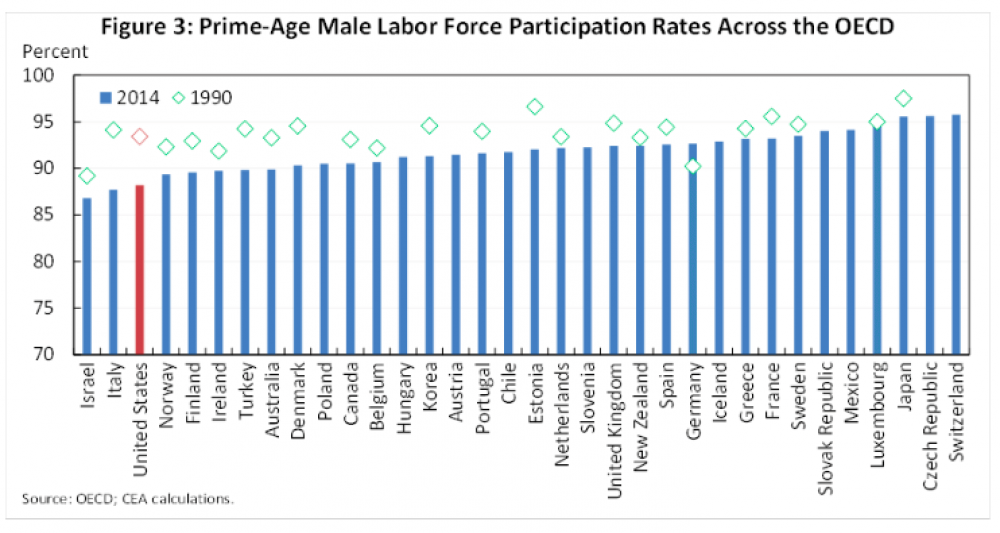
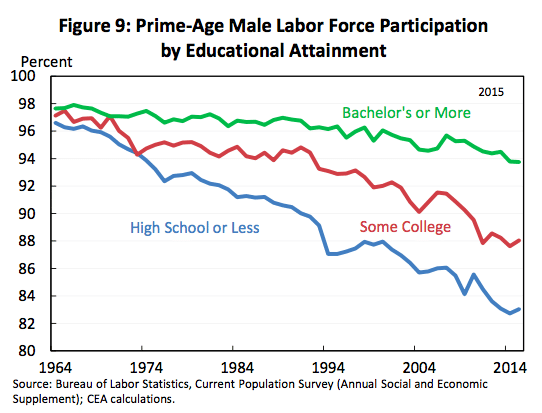
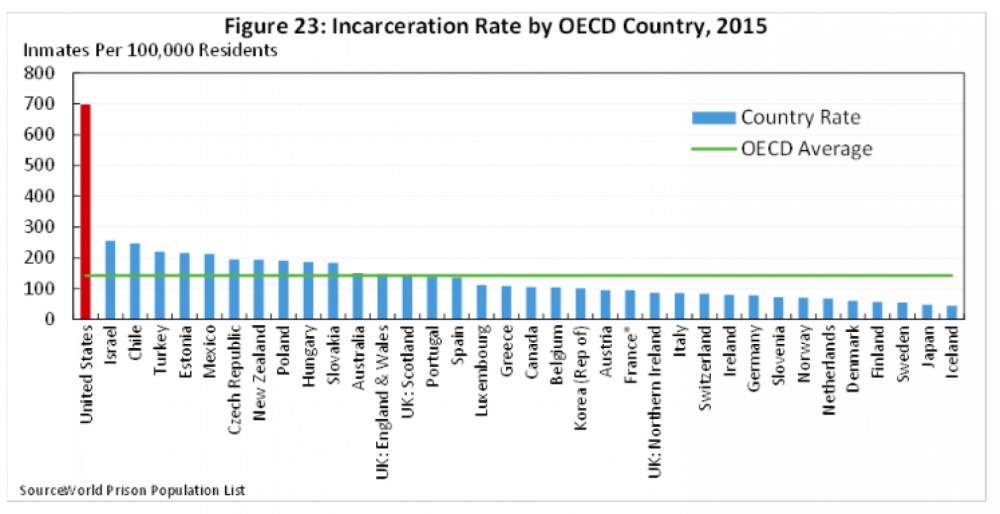

.jpg.7d8ddfb9eb31051a0b5afb8af5d7cd7e.jpg)
.jpg.9f66bd30ecfddbbda76c27c1c012812b.jpg)
.jpg.082bdc9e207b35033713e0b52f2db506.jpg)
